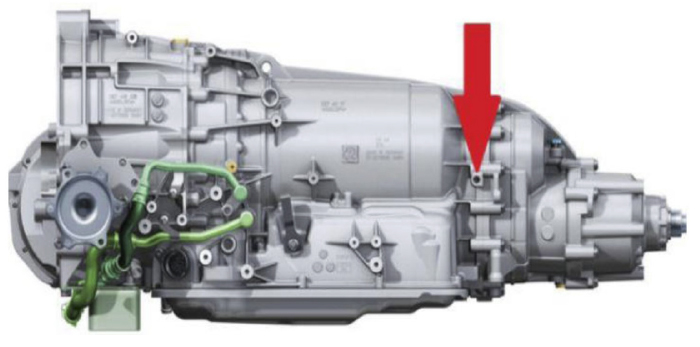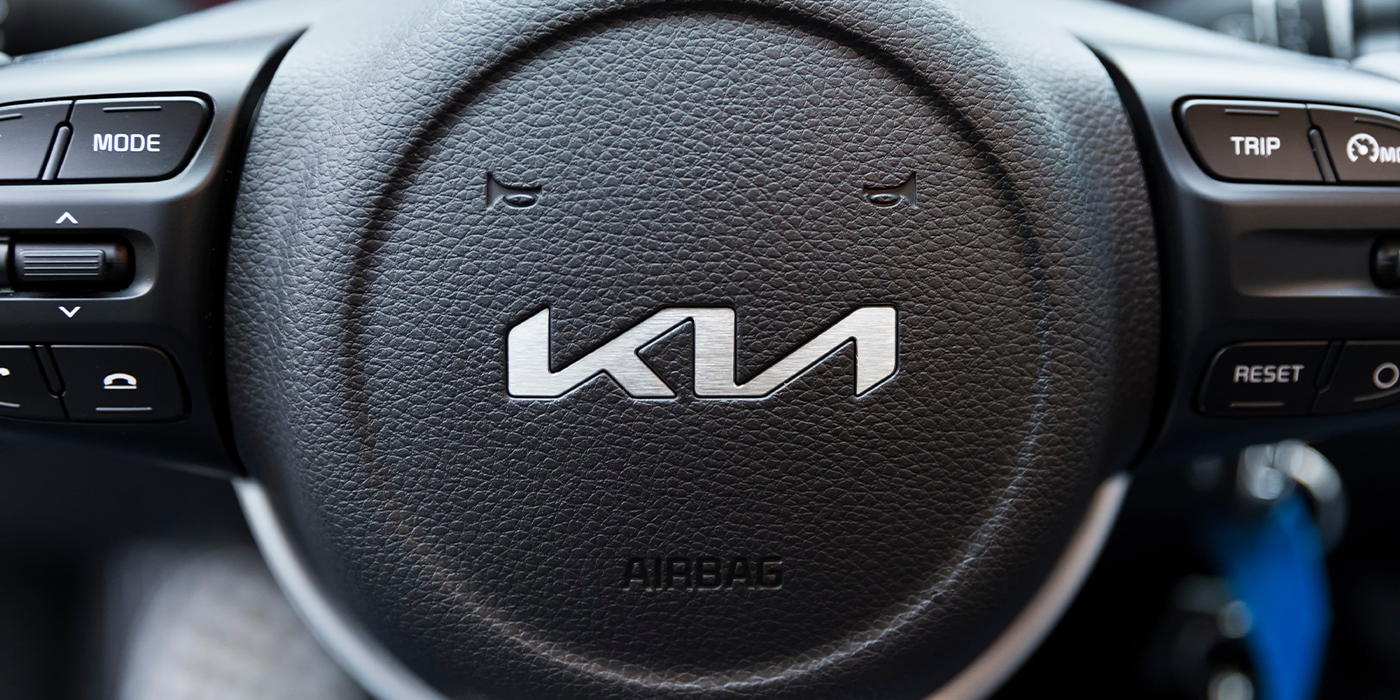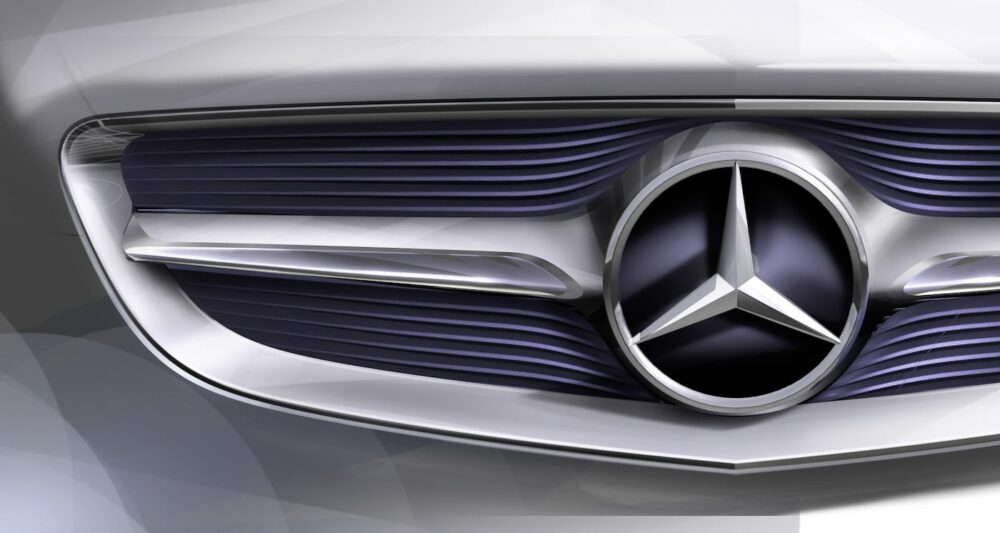Well-maintained bench and on-car lathes can both do an excellent job of machining rotors. However, according to advice from the new Bendix Answerman, Chuck Kennedy, knowing when and how to use an on-car lathe can help eliminate wasted hours and extra work while also providing more accuracy and a better finish.
“Bench lathes are great for ‘slip-on’ or ‘over-the-stud’ rotors that come off the vehicle without removing suspension or driveline components,” said Kennedy. “An on-car lathe is a great addition to a brake technician’s arsenal since it can help solve many common brake-related issues and increase productivity for vehicles with rotors that aren’t so easily accessible.”
For vehicles with ‘captured’ or ‘trapped’ rotors – those mounted behind the drive hub – the removal of suspension and driveline parts is often required in order to gain access to the rotor for machining. For example, Ford, Dodge and GM 1/2- and 1-ton pickups; Ford F450 and 550 rear discs; ’90-’94 Honda Accords; as well as some older Mazdas and cars like the mid-to-late ’90s Hyundai Accents all have what Bendix engineers refer to as ‘trapped’ rotors.
One issue with machining these rotors on a bench lathe is that most shops do not have the correct adapters that will mount the rotor to the lathe the same way it is mounted to the vehicle. Duplicating the rotor’s operating environment and properly cleaning the mating surfaces are key to controlling lateral runout. The additional mass of the hub and driveline help to control chatter, which can destroy surface finish.
Even if a technician has the correct adapters for the bench lathe, properly presses the assembly back together, and performs each task to perfection, the stack-up tolerances could lead to lateral runout issues that may bring the vehicle back to the bay with pulsation and vibration issues.
Many manufacturers have actually posted service bulletins requiring the use of on-car lathes for machining rotors. Besides eliminating lateral runout, they can save time in more ways than a technician might realize.
Consider the rear rotors on an F450. Being captive and mounted to live axles, there is a lot of extra work needed to take them off for machining on a bench lathe. Axle shafts must be removed, which means possible gear lube leakage and seal damage can occur. A strong on-car lathe with the right adapters can machine these rotors right on the truck. This can turn a potential comeback into a quick profitable job without the worries of pulsation or fluid leakage issues. Variable speed on-car lathes will allow a technician to machine rear rotors on any truck with an Eaton locking differential and also control chatter.
The same stands true for 1/2- and 1-ton pickups from Ford, GM and Chrysler. Machining on the vehicle eliminates the possibilities of lateral runout issues since driveline and suspension components can stay in place for the job.
On-car lathes can also increase productivity in the bays. Instead of having a technician standing idle at the bench lathe, an on-car lathe enables the tech to prepare one side while it is machining the other.
“Since machining rotors by nature is not the most profitable for a shop, maximizing wrench time while the vehicle is on the rack helps control costs,” said Kennedy. “The proper use of both bench and on-car lathes can go a long way to increase the productivity of the service bay.”
For more information and tech tips from Bendix, log on to www.bendixbrakes.com.











